NASA Related Program
MECSAT is a balloon science research and education program – also known as a BalloonSAT program. High-altitude balloons are fitted with undergraduate student payloads including scientific sensors, cameras, communication equipment and GPS receivers. The balloons are launched up 100,000 feet in the atmosphere to conduct measurements and tracking. Launches have included ozonesondes to measure ozone profiles and some of this data was used for validation of the Tropospheric Emission Spectrometer on NASA’s Aura mission. Launches primarily take place in the MECSAT launch facility based in the Adirondacks while some of the ozonesonde launches also take place at the NWS facility in Brookhaven. The MECSAT program recently celebrated its 12th anniversary and is the longest running and most successful BalloonSAT program in New York State. The New York Times highlighted the MECSAT program in a video titled ‘Mapping Ozone”.
CubeSATs are small pico-satellites with scientific and technical experiments that are launched as secondary payloads on NASA rockets via the NASA CubeSat Launch lnitiative. MEC led MEC students and students from other colleges including CCNY, NY Tech, NJ Institute of Technology and Cooper Union, in the design, implementation and launch of CUNYSAT-1 which joined other CubeSATs as secondary payloads on an Atlas-V rocket which launched in December 2013. Cornell University was a key partner in CUNYSAT-1 development. The CubeSAT program at MEC is ongoing and work is underway for CUNYSAT-2.
Ocean Atmosphere Climate Modeling involves developing models to help predict changes in the coupled ocean atmosphere. This research, which involves both faculty and undergraduate students, is a collaboration with MEC and NASA Goddard Institute for Space Studies.
Heliophysics is an area that investigates the effect of the sun on the solar system with particular emphasis on Sun-Earth connection. This research area, involving faculty and students, explores methods of predicting the occurrence and strength of Coronal Mass Ejections (CMEs) and solar flares and their effects on the magnetosphere, atmosphere and high technology systems on Earth. PCS faculty collaborate with scientists in the Heliophysics division at NASA Goddard Space Flight Center.
NASA New York State Space Grant Consortium
MEC has been an affiliate member of the NY State Space Grant Consortium (NYSG), based at Cornell University, since 2005. The NYSG provides undergraduate student stipends every year to participate in NASA-related research and program with the objective of encouraging students to join the NASA workforce including positions with NASA sub-contractors.

